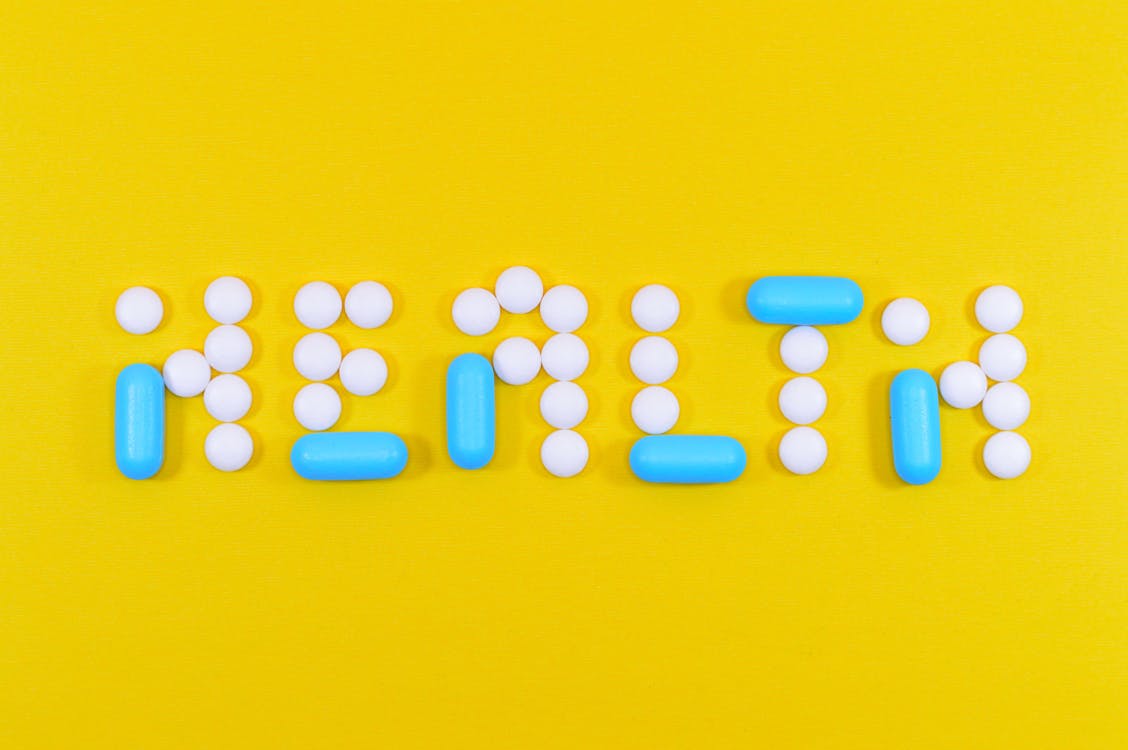
According to research, alcohol and drugs affect three key areas of the human brain: the brain stem, the limbic system, and the cerebral cortex. When such substances get into the human brain, they obstruct their usual processing and can lead to changes in the brain circuits. Those changes can still remain even after the person has stopped consuming drugs.
When this becomes an addiction, stopping the abuse can be difficult, but it is not impossible. According to experts on this website, for anyone with an addiction of any kind, admitting that you have one is the first step of getting clean. And getting clean is crucial to avoid any possible health risks that you may develop with the continuous use of these harmful substances. More often than not, rehabilitation programs are easier than what people expect them to be.
Apart from interfering with the normal processing in the brain which could cause changes in how well the brain works, substance abuse also imitates the natural chemical messengers of the brain. These substances go as far as over-stimulate the “reward” circuit of the human brain. Normally, the brain’s reward circuit reacts to pleasure feelings by releasing the neurotransmitter dopamine. These foreign elements take full control of this circuit, leading to a large amount of dopamine to flood the body system.
Studies have tried to pinpoint the changes that happen during adolescence. Dramatic spurts of intellectual and physical development and growth occur during a person’s teenage years. As the brain develops during the teenage years, some functions of the brain form at various rates. A teenager’s pleasure center of the brain develops faster than other parts of the brain. This center is responsible for risk analysis and decision making.
Little wonder why teenagers take a lot of risks without considering the consequences of their actions. Alcoholism and drug abuse are often the highest risks taken during these vital formative years.
Brain Development
During the formative years, people experience psychological and biological development. Aside from physical development, the brain is also developing ways to work more efficiently and effectively. During this period, youngsters consider the social benefits of drug consumption. These include being accepted among peers, developing self confidence and reducing anxiety. They however, forget to consider the negative effects of taking these substances.
It is important to maintain a disciplined level of healthy behavior during the teenage years as this period is vital to healthy cognitive function as a full-grown adult. Substance abuse can impact the ability of the human brain to function correctly in the short-term and also prevent proper development.
The effects of substance abuse on brain development include the following.
- Obstruction with neurotransmitters and harming connections within the human brain.
- Substance abuse reduces the ability to feel pleasure.
- Substance abuse creates problems with brain memory.
- It causes missed chances during a period of higher learning potential.
- It inculcates expectations of unhealthy behaviors into the circuitry of the brain.
- It impedes the development of emotive abilities.
- It leads to a lower Intelligence quotient.
- Constant loss of Memory or even impairment is possible.
- It leads to decelerated thinking.
- It leads to addiction and dependency.
- It may result in mental health disorders.
- There is trouble performing simple tasks.
- There are other abnormalities associated with the brain.
In addition, substance abuse such as excessive intake of alcohol poses a severe risk to the physical health and development of young people. Excessive drinking in teenagers can result in:
- Delayed puberty
- Negative effects on the reproductive system
- Reduction in bone mineral substance
- Increase in levels of liver enzymes that show liver damage
- Shorter limbs
- Reduced growth potential
Apart from the physical risks of substance abuse, there are several other consequences. They include social and professional risks. This unhealthy habit can damage one’s reasoning and encourage one to make rash decisions.
Some of these risks include:
- Car accidents
- Criminal records
- Assaults
- Sexually transmitted diseases
- Domestic violence
- Unplanned pregnancies
- Delayed career path
- Wasted opportunities for academics
- Damaged relationships with family and friends
Wrap Up
There are treatments to assist in managing addiction, but there is no cure for addiction. Addiction is considered a dreadful disease which means it lasts a long time and requires to be managed with constant treatment. If treatment plans are duly followed, addicts can go for several years living healthy lives.
The moment you observe or begin to see signs that someone around you or your teenager is using substances, it is important that you address the situation immediately so as to prevent permanent brain damage and attendant problems that may arise from addiction.
Image Source: https://www.pexels.com/photo/white-and-blue-health-pill-and-tablet-letter-cutout-on-yellow-surface-806427/





